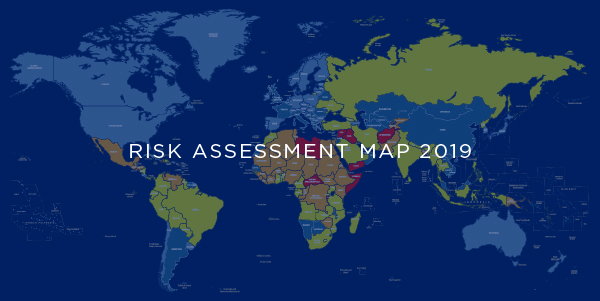EMERGENCY RESPONSE CASE STUDY: SEVERE WINTER STORMS CAUSE POWER FAILURE IN TEXAS
INCIDENT: Amid record-low temperatures, millions of Texas residents lost power and access to water, prompting the need for emergency assistance for Global Guardian clients and their employee base throughout the state.





